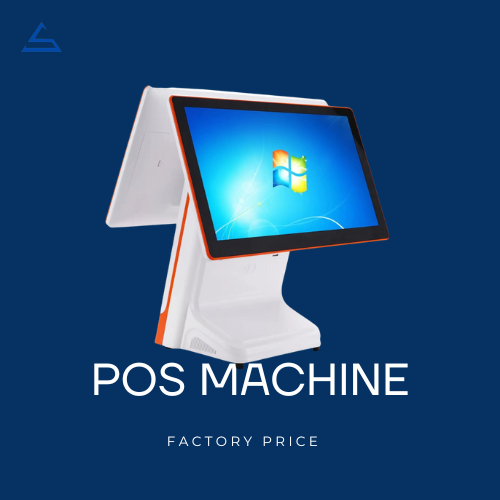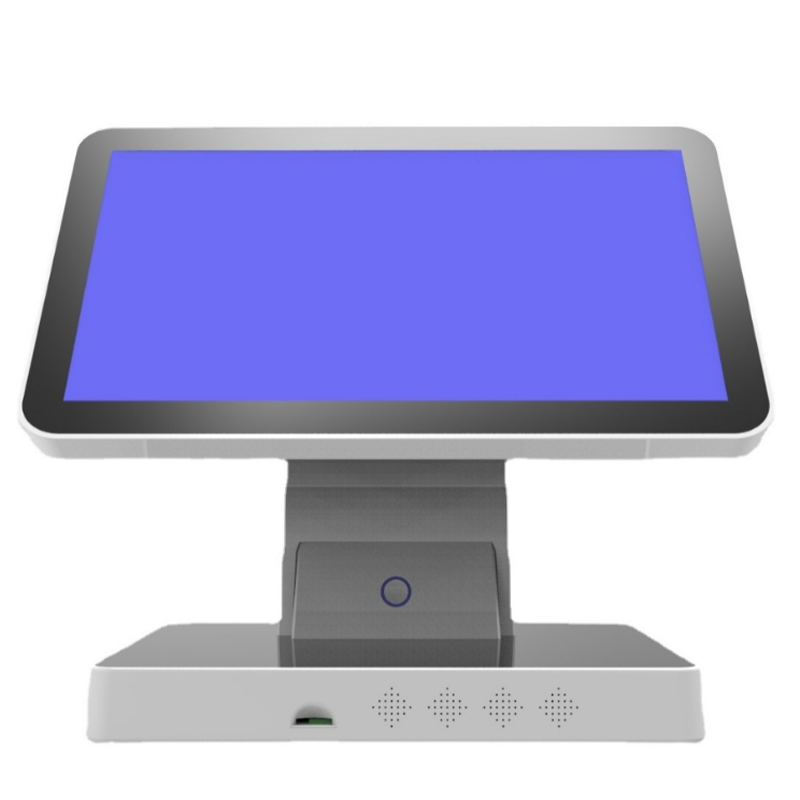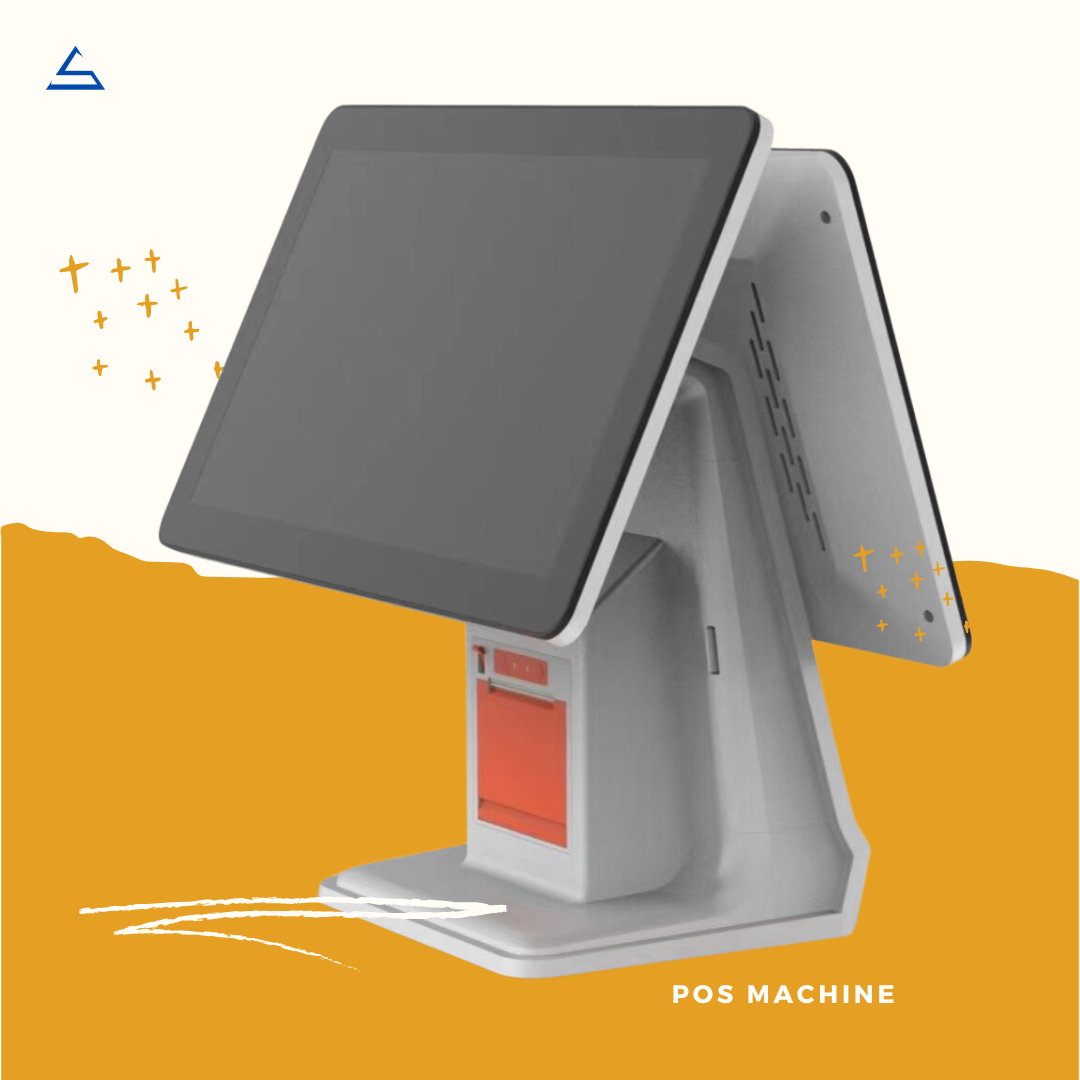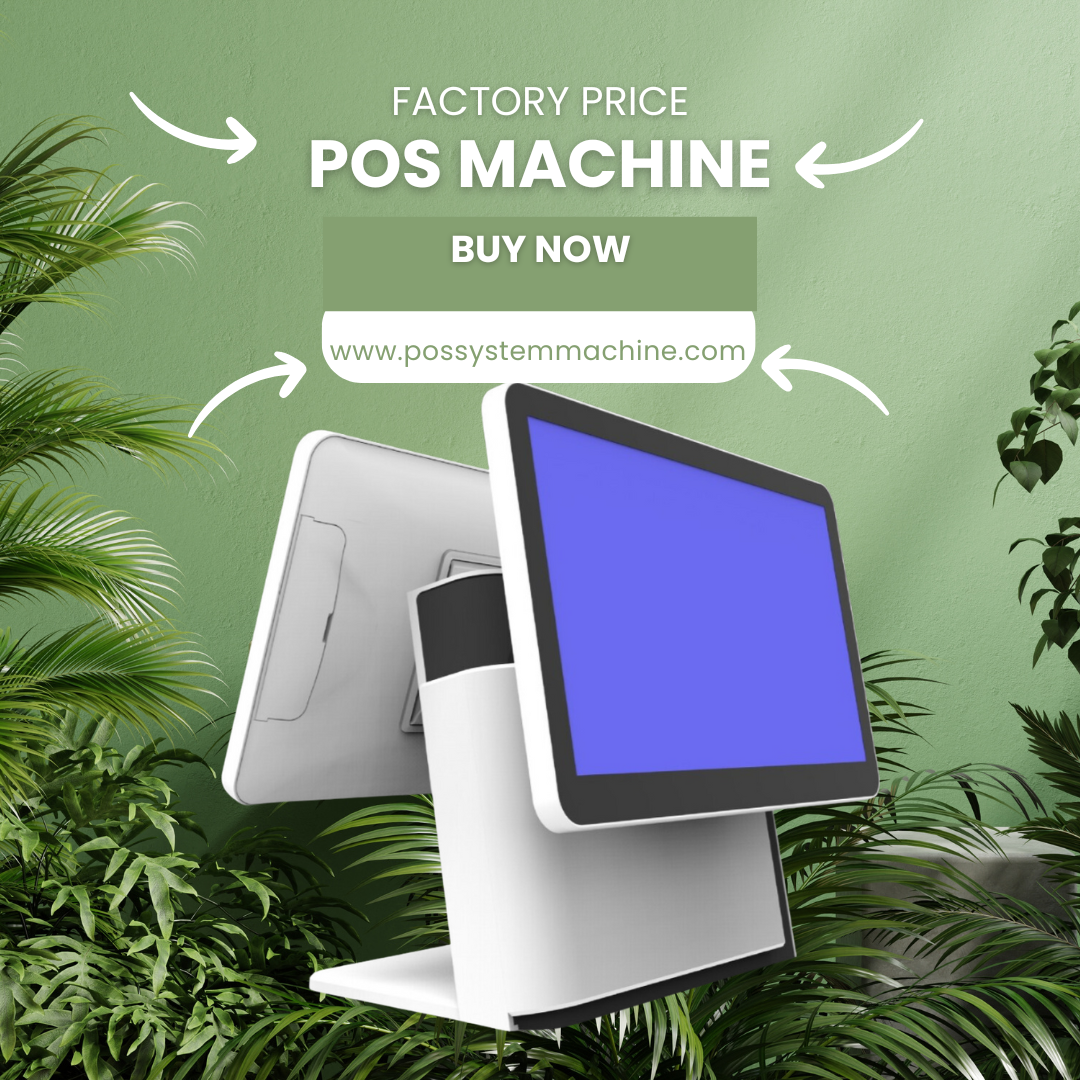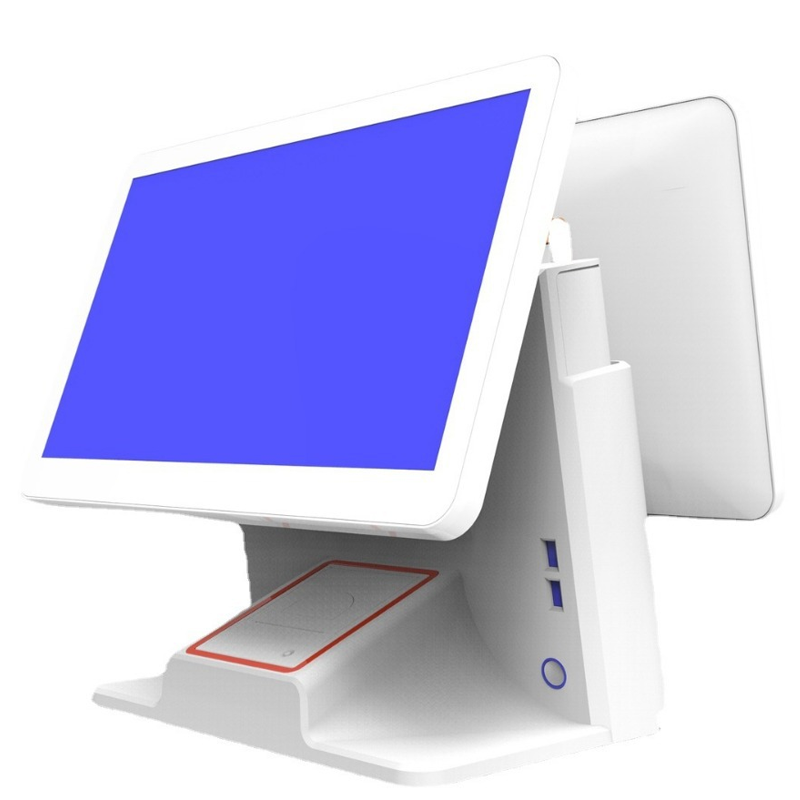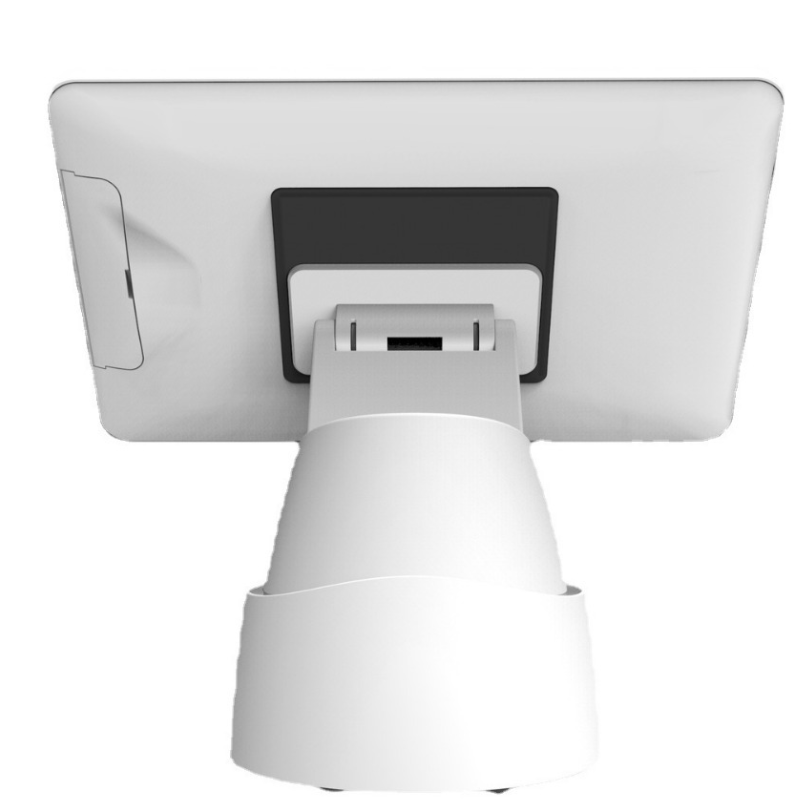how to use pos terminal machine
Table of Contents
Summary
Are you new to using a Point of Sale (POS) system? Or perhaps you’re looking to upgrade your current setup? Either way, you’ve come to the right place! This guide will walk you through everything you need to know about using a POS terminal machine effectively. From setup to daily operations, we’ll cover it all in simple, easy-to-understand terms. Whether you’re running a small retail shop or a busy restaurant, mastering your POS system can streamline your operations, improve customer service, and boost your bottom line. Let’s dive in and unlock the full potential of your POS terminal machine!
What is a POS Terminal Machine and Why is it Important?
A POS terminal machine is the heart of your point-of-sale system. It’s where all your sales transactions happen. Think of it as a super-smart cash register. Here’s why it’s so important:
- It processes payments quickly and accurately
- It keeps track of your inventory
- It helps you manage your employees
- It gives you valuable data about your sales
In short, a POS terminal machine can make your business run smoother and smarter.
How to Set Up Your POS System: A Step-by-Step Guide
Setting up your POS system might seem tricky, but don’t worry! Here’s a simple guide to get you started:
- Choose your hardware: This includes the terminal, cash drawer, receipt printer, and maybe a barcode scanner.
- Install the software: Your POS vendor will guide you through this process.
- Configure your settings: Set up your inventory, prices, and tax rates.
- Train your staff: Make sure everyone knows how to use the system.
- Test it out: Run some practice transactions to make sure everything works.
Remember, most POS vendors offer support during setup, so don’t hesitate to ask for help if you need it!
What Are the Different Types of POS Machines?
Not all POS machines are created equal. Here are some common types:
- Traditional POS: These are the full-sized systems you often see in big stores.
- Mobile POS: These run on tablets or smartphones, perfect for small businesses or pop-up shops.
- Self-Service Kiosks: Great for fast-food restaurants or movie theaters.
- Cloud-Based POS: These store your data online, so you can access it from anywhere.
The best type for you depends on your business needs and budget.
How to Use POS Hardware: Tips and Tricks
Using POS hardware effectively can make your life much easier. Here are some tips:
- Keep it clean: Regularly wipe down your terminal and other hardware to keep them in good shape.
- Update regularly: Make sure your software is always up-to-date for the best performance and security.
- Use shortcuts: Many POS systems have keyboard shortcuts that can speed up transactions.
- Customize your layout: Arrange your most-used items for easy access.
- Train your staff well: The better your team understands the system, the smoother your operations will be.
Remember, practice makes perfect. The more you use your POS system, the more comfortable you’ll become with it.
What Are the Best Practices for Using POS Software?
POS software is the brains of your system. Here’s how to make the most of it:
- Use all the features: Many businesses only scratch the surface of what their POS software can do.
- Keep your inventory updated: Regular stock counts help keep your system accurate.
- Analyze your reports: Your POS system can provide valuable insights about your business.
- Set up user permissions: This helps prevent errors and fraud.
- Backup your data: Regular backups can save you from disaster if something goes wrong.
How to Handle Common POS Issues?
Even the best POS systems can have hiccups. Here’s how to handle some common issues:
| Issue | Solution |
|---|---|
| System freezes | Try restarting the terminal. If that doesn’t work, contact your vendor’s support team. |
| Printer not working | Check the connections and paper. If it’s still not working, try restarting both the printer and the terminal. |
| Card reader issues | Clean the card reader and make sure it’s properly connected. If problems persist, you may need a replacement. |
| Inventory discrepancies | Conduct a physical inventory count and reconcile it with your POS data. |
Remember, most POS vendors offer customer support, so don’t hesitate to reach out if you’re having trouble.
How Can You Use Your POS System to Improve Customer Service?
Your POS system isn’t just for processing sales. It can also help you provide better customer service:
- Speed up checkout: A well-run POS system can reduce wait times.
- Personalize service: Use customer data to offer personalized recommendations or loyalty rewards.
- Handle returns smoothly: A good POS system makes returns and exchanges easy.
- Answer questions quickly: With all your product info at your fingertips, you can quickly answer customer queries.
Happy customers are more likely to come back, so use your POS system to create a great experience!
What Security Measures Should You Take When Using a POS System?
Keeping your POS system secure is crucial for protecting your business and your customers. Here are some key security measures:
- Use strong passwords: Change them regularly and don’t share them.
- Keep your software updated: Updates often include important security patches.
- Use encryption: Make sure your system encrypts sensitive data.
- Train your staff: Teach them about security best practices.
- Monitor transactions: Regularly check for any suspicious activity.
Remember, a secure POS system protects not just your business, but your customers’ trust in you.
How Can You Use Your POS System for Inventory Management?
Your POS system can be a powerful tool for managing your inventory:
- Track stock levels: Your POS system can alert you when items are running low.
- Analyze sales trends: Use this data to make smarter purchasing decisions.
- Manage multiple locations: If you have more than one store, a good POS system can help you track inventory across all of them.
- Handle returns and exchanges: Your POS system can make these processes smoother and keep your inventory accurate.
Effective inventory management can help you avoid stockouts and overstocking, saving you money and keeping your customers happy.
What Are Some Advanced Features of Modern POS Systems?
Modern POS systems can do much more than just process sales. Here are some advanced features to look out for:
- Customer relationship management (CRM): Keep track of customer preferences and purchase history.
- Employee management: Track work hours, sales performance, and more.
- E-commerce integration: Connect your online and in-store sales for a seamless experience.
- Analytics and reporting: Get detailed insights into your business performance.
- Loyalty programs: Set up and manage customer loyalty programs directly through your POS.
These features can help you take your business to the next level, so make sure you’re making the most of what your POS system offers!
Conclusion: Mastering Your POS Terminal Machine
Using a POS terminal machine effectively can transform your business operations. Here are the key takeaways:
- Take time to set up your system properly
- Train your staff thoroughly
- Make use of all the features your POS system offers
- Keep your system secure and up-to-date
- Use your POS data to make informed business decisions
- Don’t be afraid to reach out for support when you need it
Remember, your POS system is a powerful tool. The more you learn about it and use it, the more it can help your business grow and thrive.

A cashier using a modern POS terminal to process a transaction
Tags
Product
Blog
Contact Us
Related Products
Frequently asked questions about wood box manufacutring

